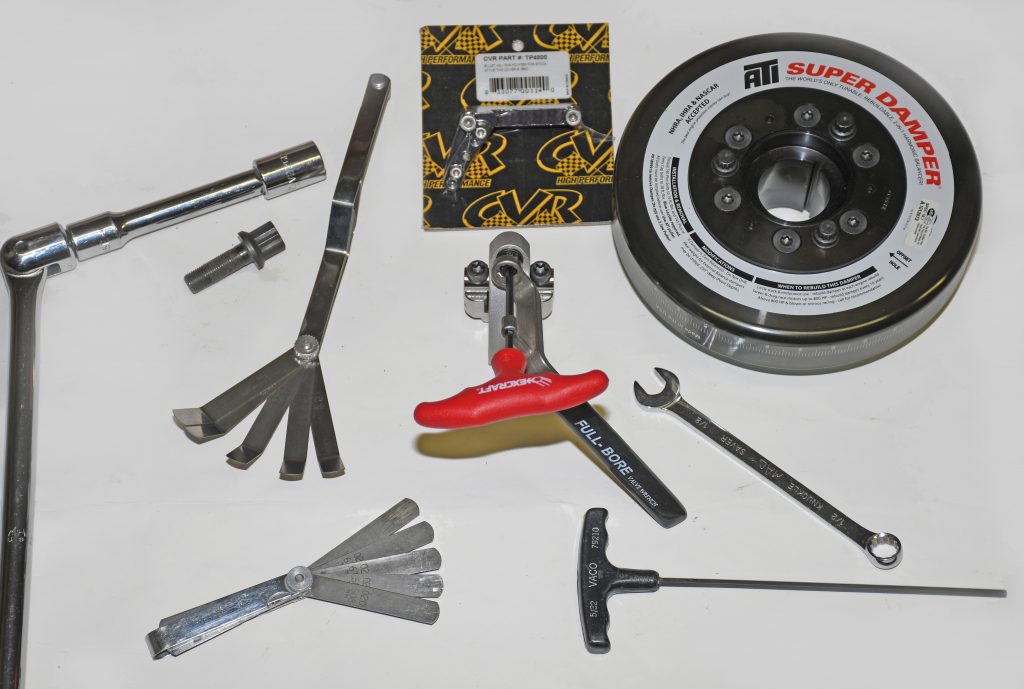
Setting valve lash on an engine with a mechanical cam is a necessary evil. Most pro engine builders will tell you the lash on a race car should be checked at least weekly. Some prefer to see lash checked between rounds. Aside from ensuring valve lash is A-OK, the task also gives you the opportunity to see if something is amiss inside the engine. For example, the engine might have experienced a bent valve or a broken lifter. You can spot this before the carnage begins in the next round.
There are several different methods to set the lash. The base circle (also known as the exhaust opening/intake closing method) recommended by the folks from Jesel is easy:
Starting at Number 1 cylinder, rotate the engine until the exhaust rocker just starts to open the exhaust valve. Set the valve lash on the intake rocker at this time. Continue rotating the assembly and stop when the intake rocker starts returning from full lift. Now the lash on the exhaust rocker can now be set. Continue this procedure for the remaining cylinders following the engine’s firing order.
Then there is the OEM method of lashing valves, sometimes called the “Chilton Manual Method.” This method involves setting valves at specific points along the crankshaft rotation.
Here’s how it works on a V8: Set two intake valves and two exhaust valves at the Number 1 firing position. Spin the engine over 180 degrees and set four more valves. Do this spin-and-set two more times and you’re done.
A fully degreed damper or a timing tape along with a good, easy to read timing pointer will be absolutely helpful. If you use a tape, remove any paint on the damper’s circumference, clean with metal prep, then carefully install the tape and coating it with clear lacquer. That will improve the chances of the tape staying in place.
You’ll need some tools to get the job done quickly and accurately. You can turn the engine over with a breaker bar or in some cases, a 1/2-inch drive ratchet with a long handle. A starter bump switch to turn the engine over makes things even easier.
Assuming you have roller rockers of some sort, you’ll need a box end wrench and an Allen key to loosen, tighten, and lock the adjuster. The size of the box end and the key depend upon the application. The tools used on the Jesel rockers in the accompanying photos include a 1/2-inch box end wrench along with a 5/32-inch Allen key.
There are a number of different, dedicated lash adjustment tools available as well. The most common include an L-shaped box end wrench with a provision to insert a T-handle Allen key. These tools save time when lashing valves because you don’t fumble with a pair of different wrenches.
Summit Racing carries LSM Racing lash tools with either a built-in ratchet handle or a built-in torque wrench for shaft rocker systems. They come with three different T-handles (1/8, 5/32, and 3/16 inch) to cover a wide range of applications. The ratchet is pre-set to 22 foot-pounds and it can be modified up to 26 foot-pounds. You can’t use this tool on stud mount rockers because it will not accept a T-handle hex key larger than 3/16 inch.
An important tool is a set of feeler gauges. The most common type you’ll see have flat or offset blades. Personally, the writer prefers the flat examples, especially for valve lash chores. The one thing to remember is to stay consistent with regard to the feel of the gauge as you’re setting the clearance. You really want to feel a light drag on the gauge while you’re moving it.
For a closer look at valve lash tools, check out the accompanying photos.
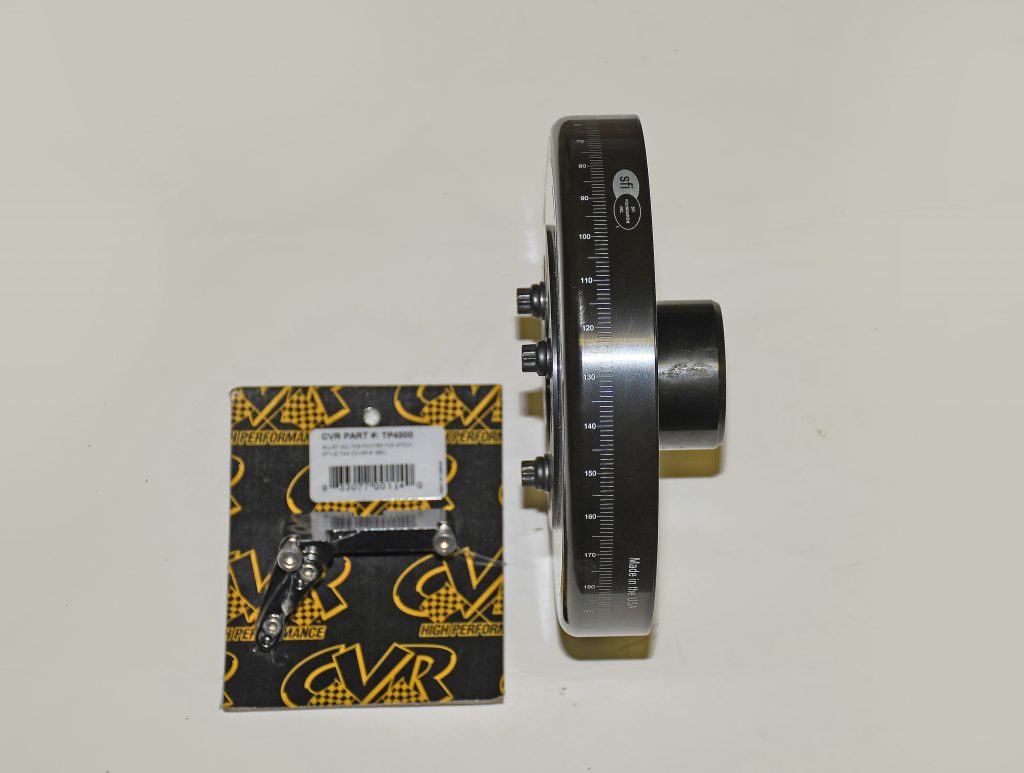
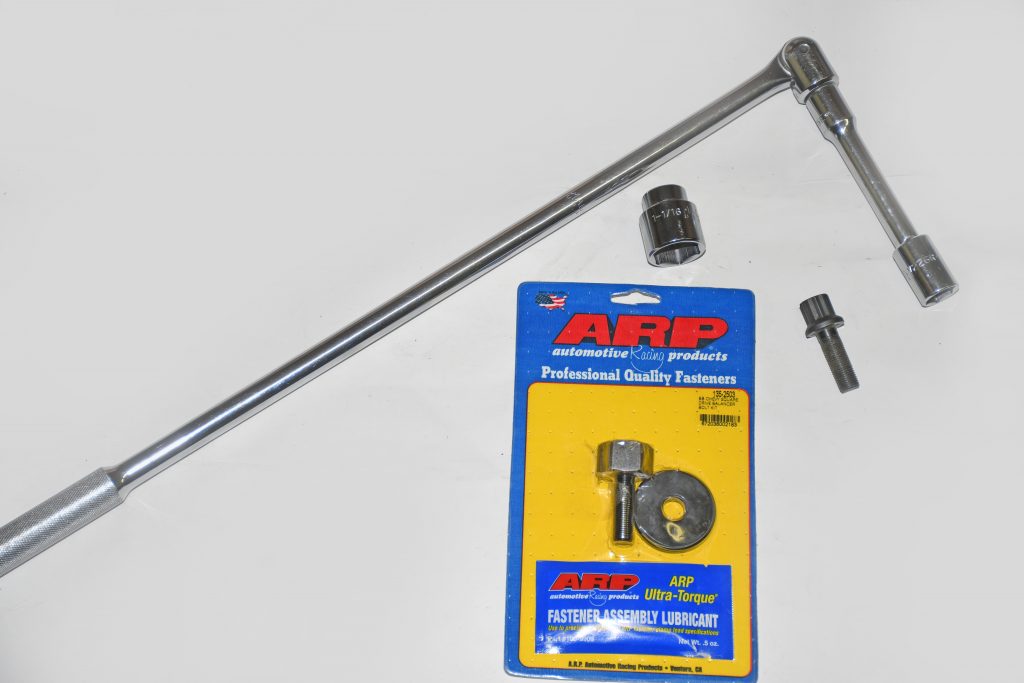
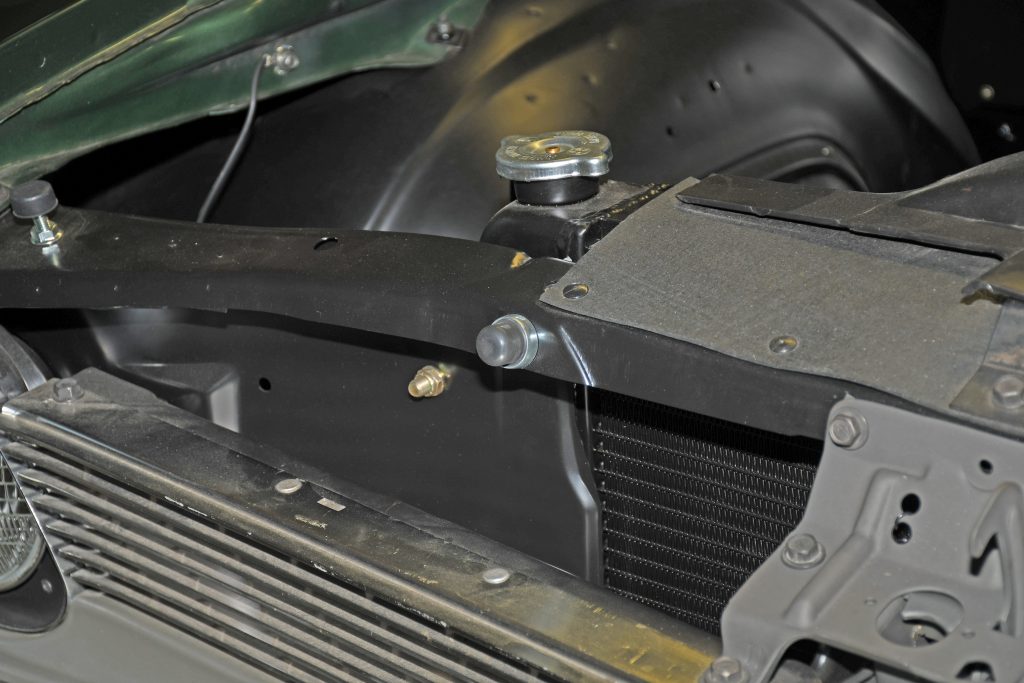
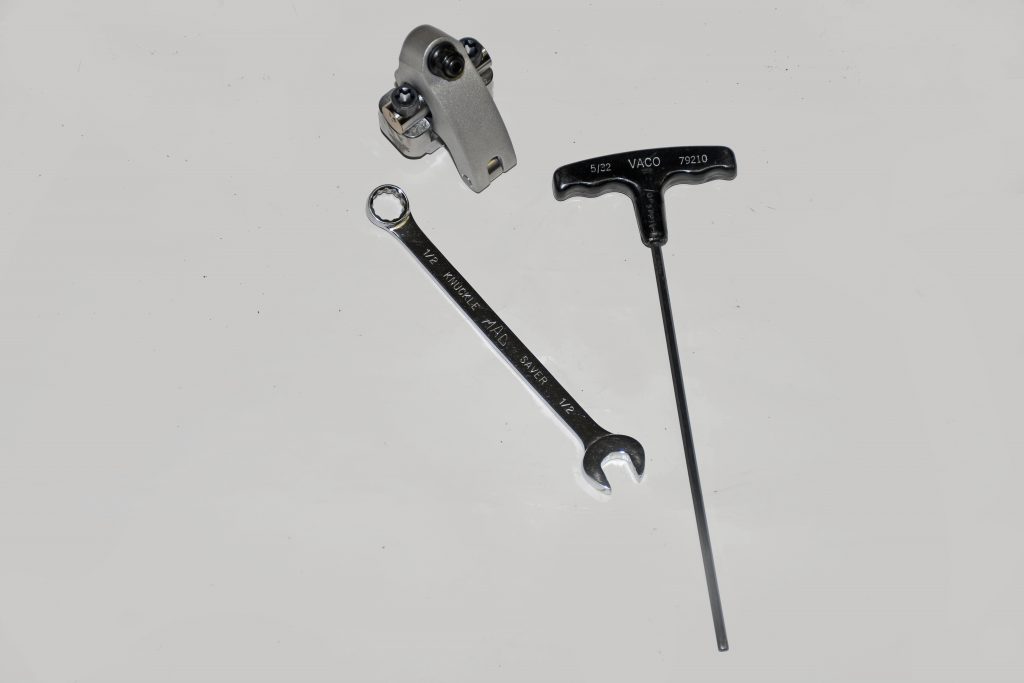
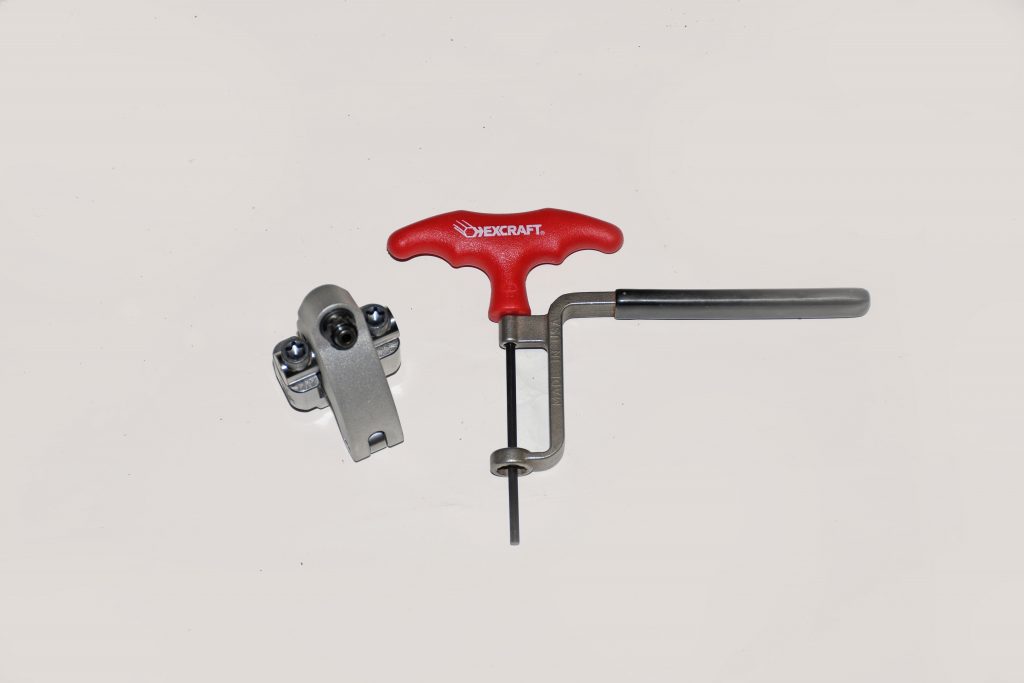
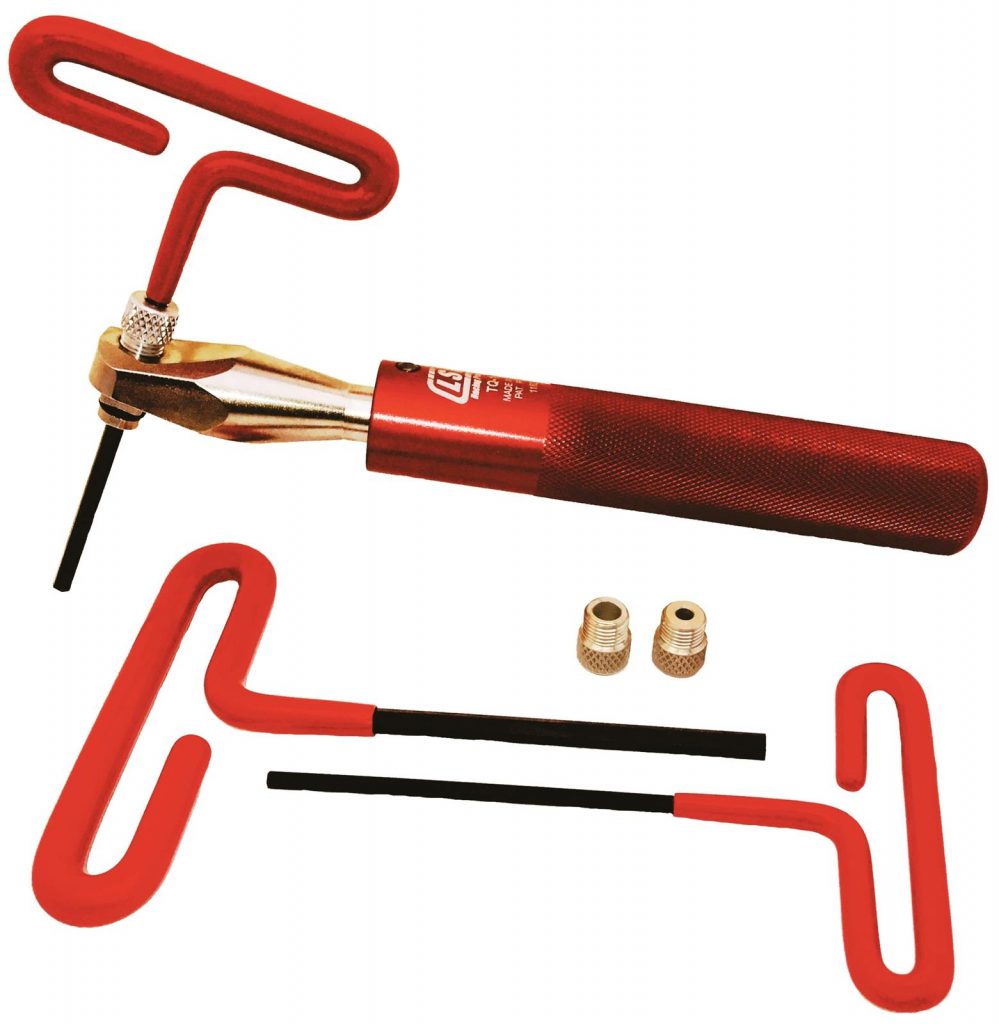
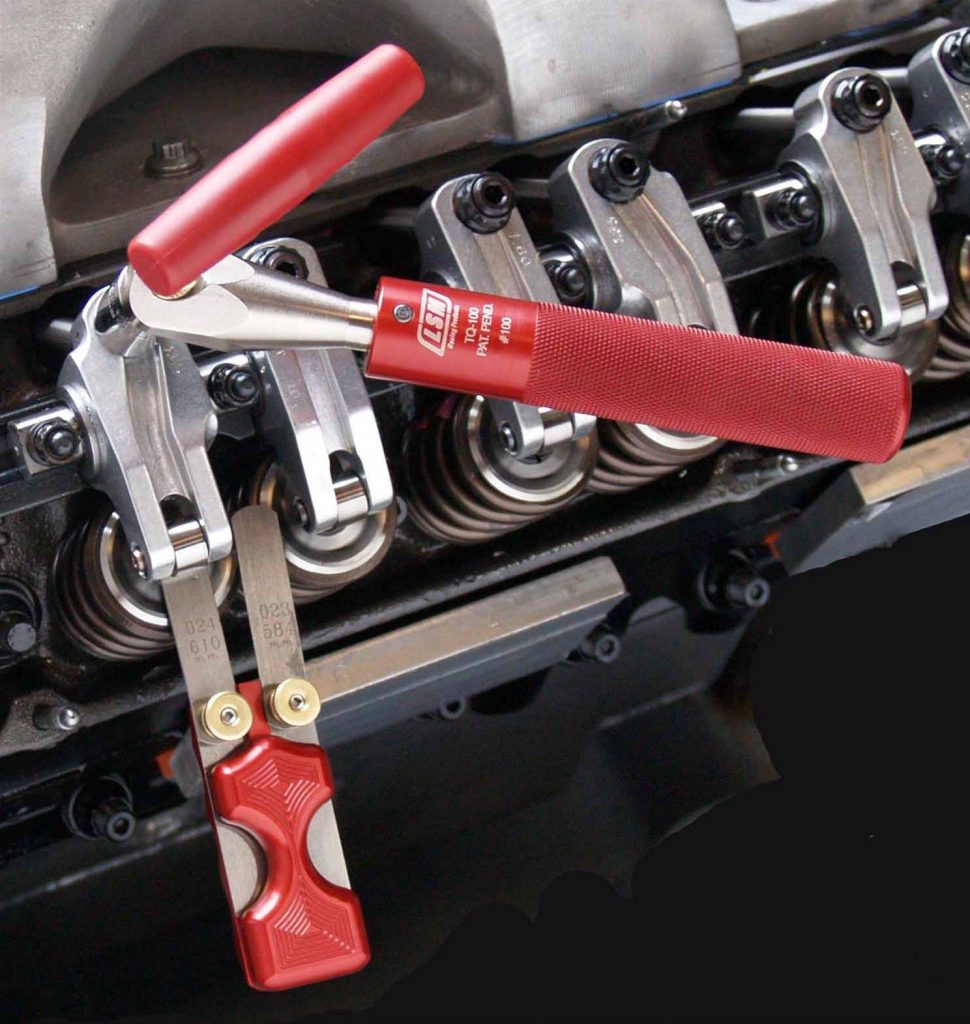
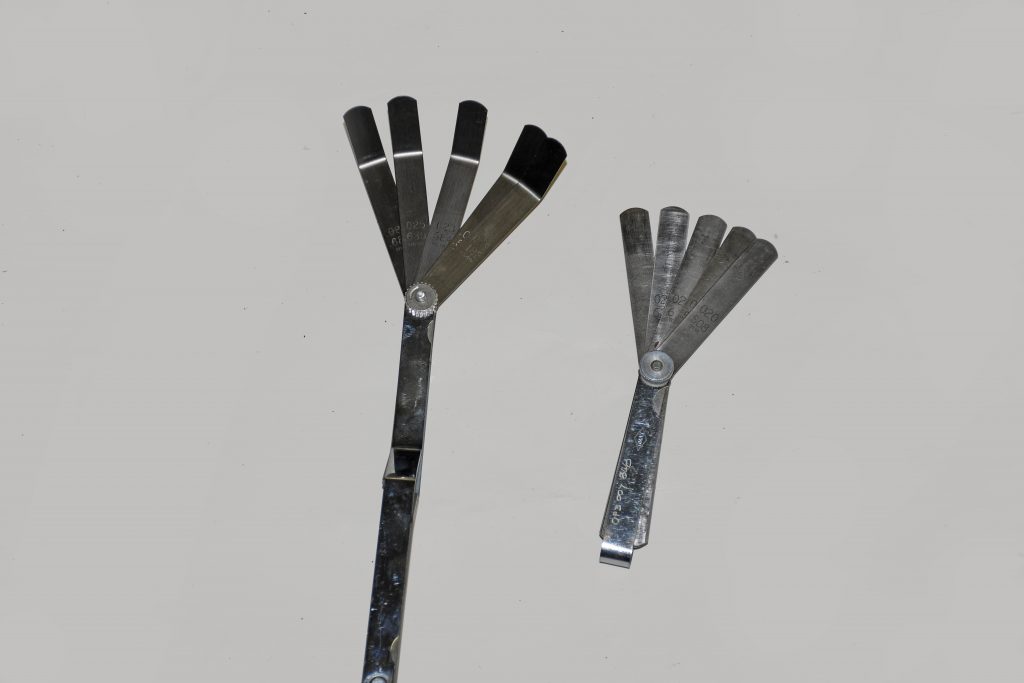

[…] Setting valve lash on an engine with a mechanical cam is a necessary evil. Most pro engine builders will tell you the lash on a race car should be checked […] Read full article at http://www.onallcylinders.com […]